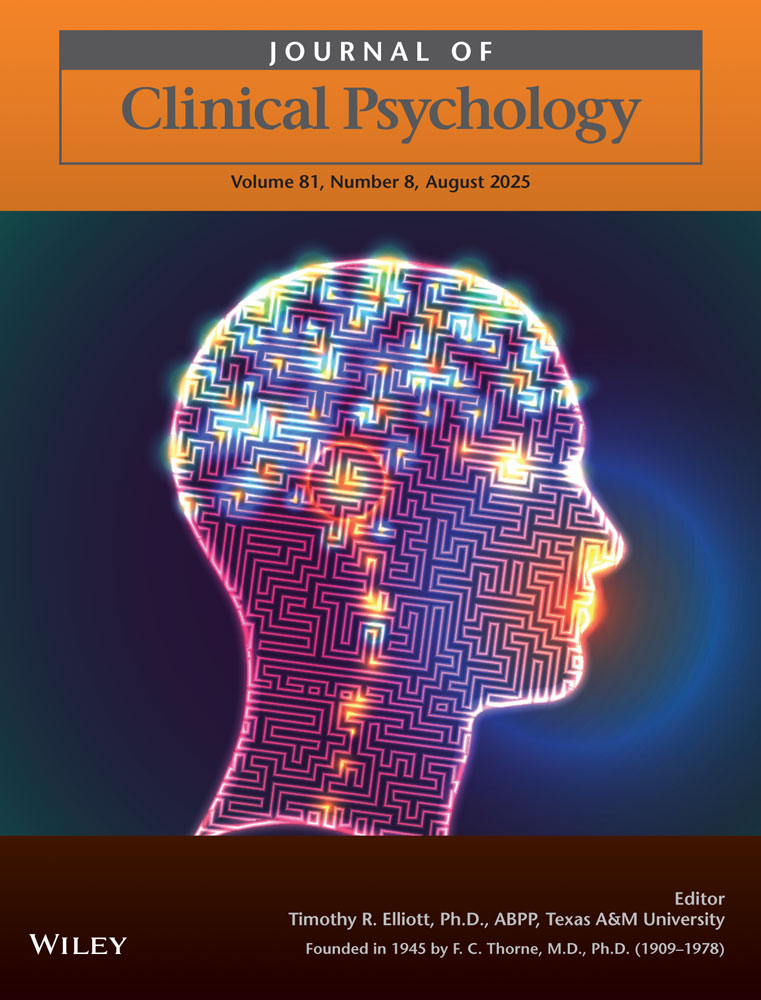Dual mental functioning in a split-brain patient
Abstract
Case studies of two individuals who had undergone complete corpus callosotomies are presented. In addition to anecdotal observations, controlled neurobehavioral and neuropsychological testing indicated that although both parents demonstrated the disconnection syndromes unique to “split-brain” patients, they also differed rather dramatically. For example, 1-C's left hemisphere developed bilateral motor control, whereas 2-C demonstrated the presence of two independent forms of conscious-awareness, one of which resided in the right and the other in the left hemisphere. Hence, 2-C's right brain was capable of gathering, understanding, recalling, and expressing (nonverbally) various forms of information as well as directing independent behavioral activity as manifested by his left extremities. Indeed, 2-C's left arm and leg not only engaged in controlled, directed, and purposeful behavior, but at times performed activities that his left hemisphere found objectionable and annoying. In some instances, physical struggles that involved the right and left extremities of this patient were observed. In contrast, 1-C's right hemisphere appeared to be lacking in higher-level cognitive capabilities. Speculations with regard to mental activity and hemispheric laterality are presented.




